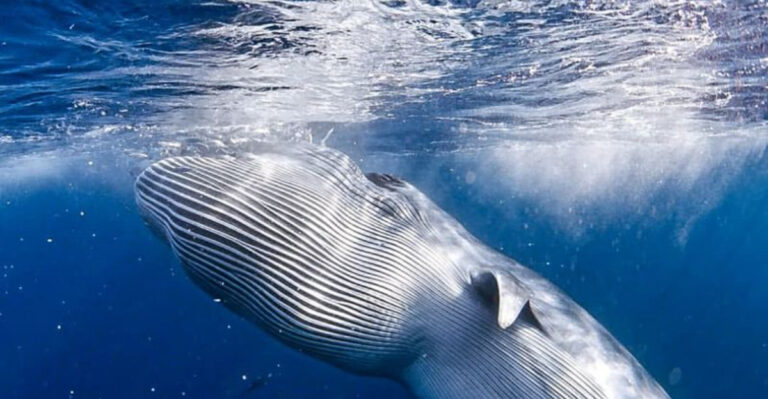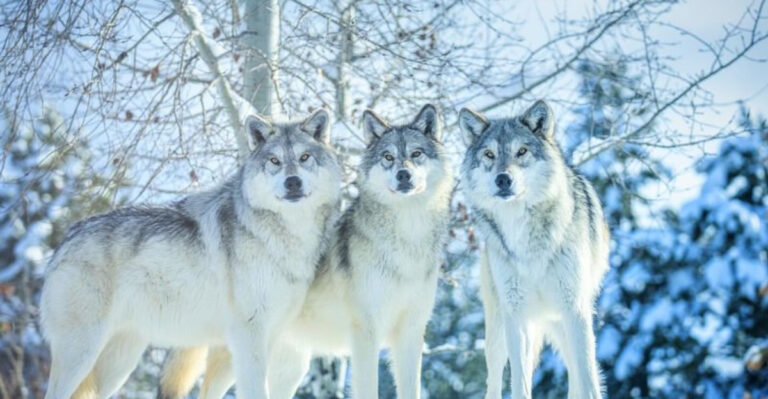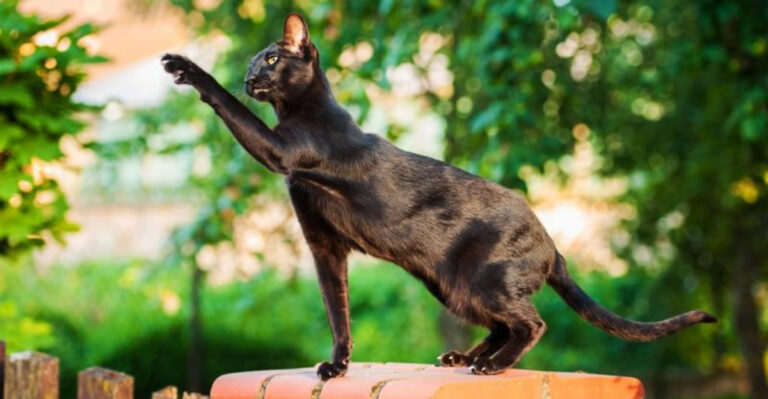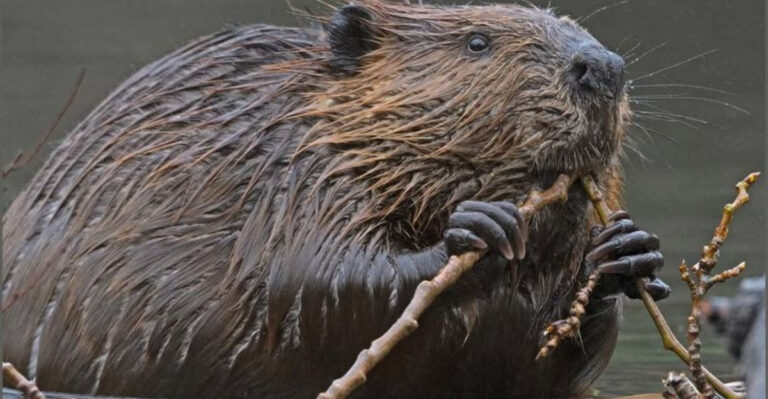These 15 Predators Can Outsmart Their Prey In The Wild
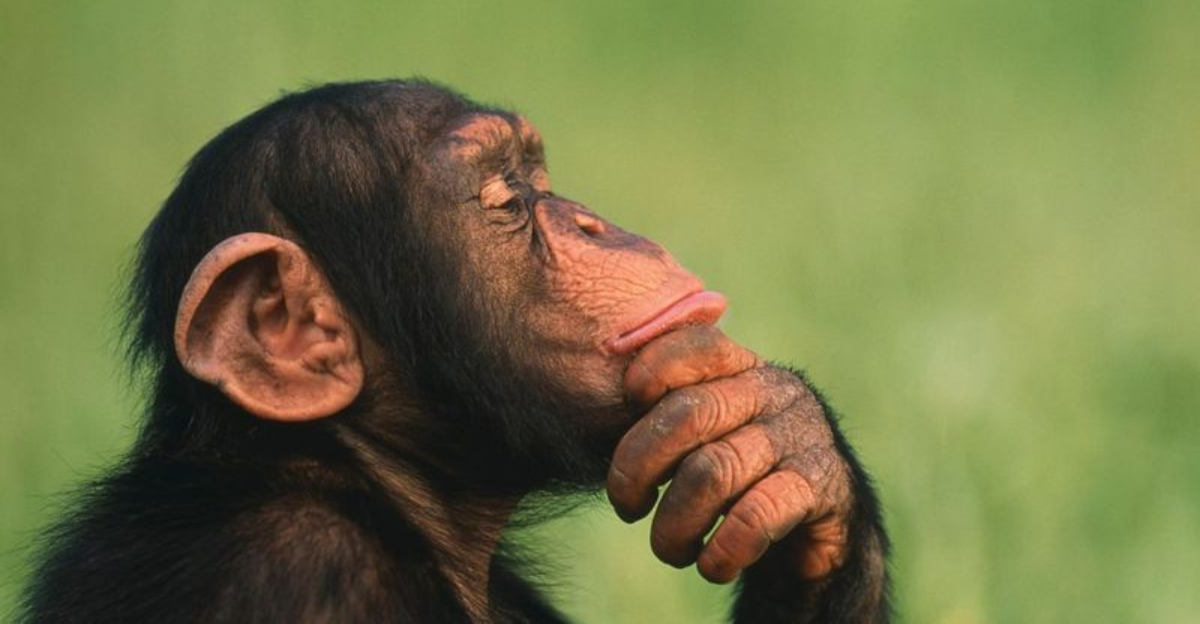
The animal kingdom is full of incredible hunters that use more than just speed and strength to catch their meals. Some predators have evolved amazing strategies that showcase true intelligence and problem-solving abilities.
From setting traps to using tools, these clever hunters rely on brainpower as much as physical prowess to outsmart their prey and ensure their survival in the wild.
1. Octopuses: Masters Of Disguise
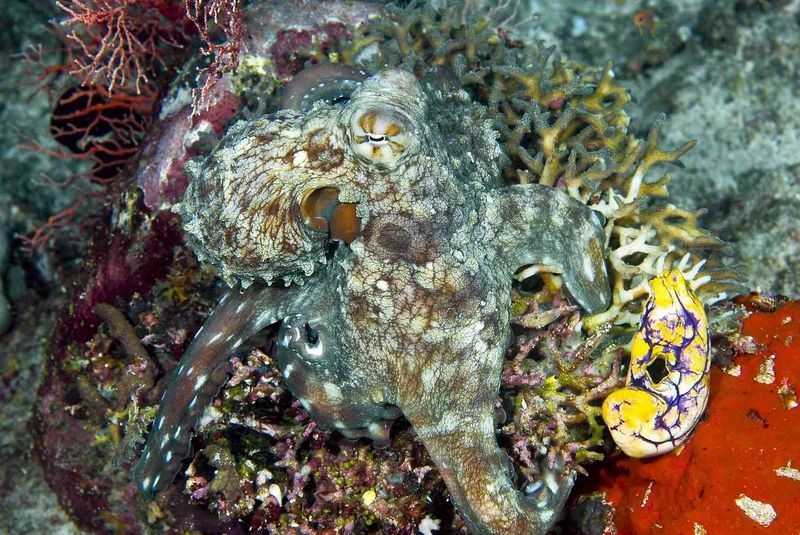
Octopuses possess remarkable camouflage abilities that allow them to match the color and texture of their surroundings within seconds. Their problem-solving skills are equally impressive, with documented cases of octopuses opening jars to reach food.
They can even mimic other sea creatures to avoid detection or approach prey. Scientists believe octopuses have independent neural control in each arm, essentially giving them nine brains to coordinate complex hunting strategies.
2. Crocodiles’ Calculated Patience
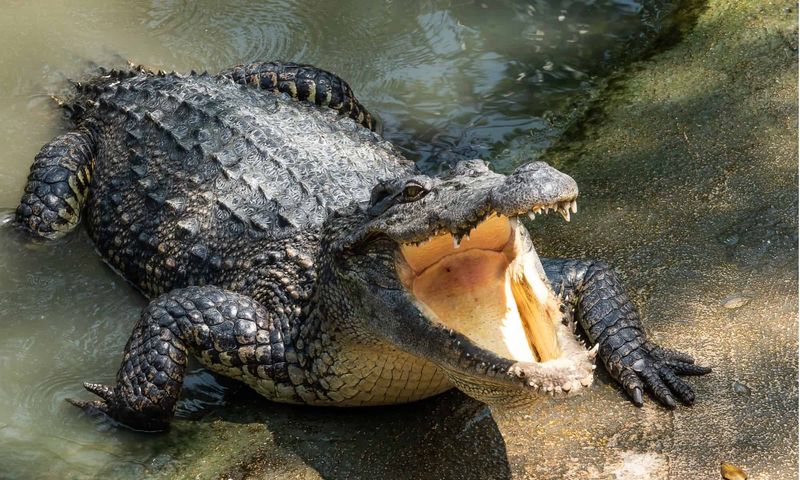
Crocodiles might seem like simple ambush predators, but they employ sophisticated hunting techniques. They’ve been observed balancing sticks on their snouts to lure nesting birds looking for building materials.
Patient beyond belief, crocodiles can wait motionless for hours until the perfect moment to strike. They calculate the exact angle and force needed to catch prey, using their powerful tails to propel themselves upward with explosive speed when the time is right.
3. Ravens’ Problem-Solving Intelligence
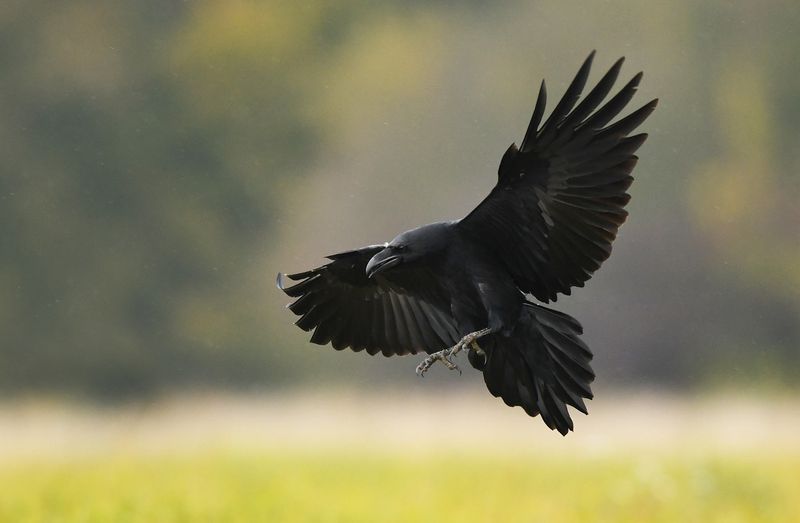
Ravens showcase intelligence comparable to chimpanzees. They fashion tools from twigs to extract insects from hard-to-reach places and have been observed dropping nuts onto roadways, waiting for cars to crack them open.
Their hunting prowess extends to team efforts. Ravens work in pairs—one distracts a parent bird while the other raids the nest. They remember faces, hold grudges, and even understand physics enough to calculate the trajectory of falling prey.
4. Orcas’ Coordinated Wave Hunting
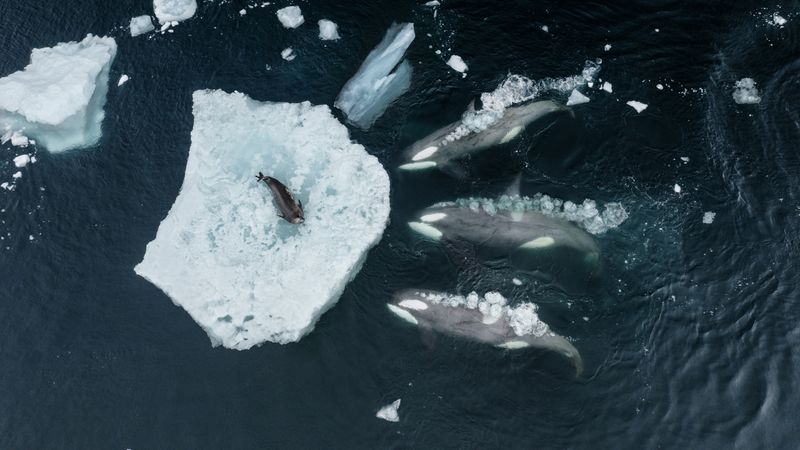
Killer whales display remarkable teamwork when hunting seals resting on ice floes. A pod will swim in formation, deliberately creating a wave that washes the seal into the water.
These marine masterminds also teach hunting techniques to their young through demonstration. Different orca populations have developed unique hunting strategies based on available prey—some even beach themselves temporarily to snatch seals from shorelines.
Their communication during hunts is complex, with specific calls coordinating precise group movements.
5. Portia Jumping Spiders’ Calculated Attacks
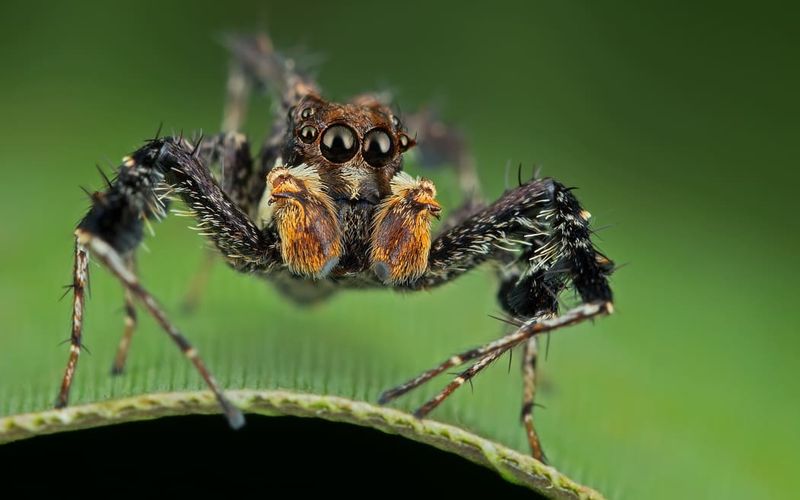
Among arachnids, Portia spiders stand out as genuine geniuses. These tiny hunters can plan detours to approach prey from unexpected angles, sometimes taking paths where they temporarily lose sight of their target.
They mimic vibrations of insects caught in other spiders’ webs, luring the web’s owner into an ambush. Portia spiders can improvise new hunting strategies when faced with unfamiliar prey, showing remarkable adaptive intelligence.
6. Chimpanzees’ Spear Fishing Technique
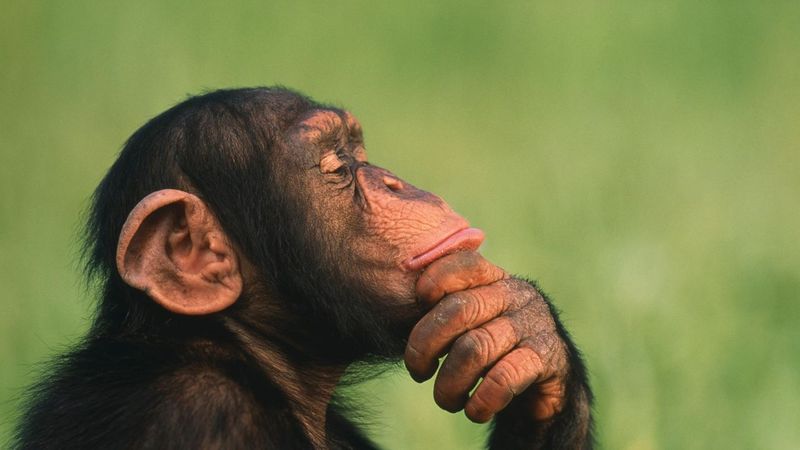
Chimps showcase remarkable ingenuity by crafting primitive spears to hunt bushbabies hiding in tree hollows. They carefully select branches, strip them of leaves and sharpen the tips with their teeth.
Female chimps actually hunt more frequently with tools than males. This behavior represents one of the clearest examples of planned, deliberate tool creation for hunting among non-human primates.
They’ve been observed teaching these techniques to their offspring, creating a cultural transmission of hunting knowledge.
7. Archerfish’s Water Projectile Precision
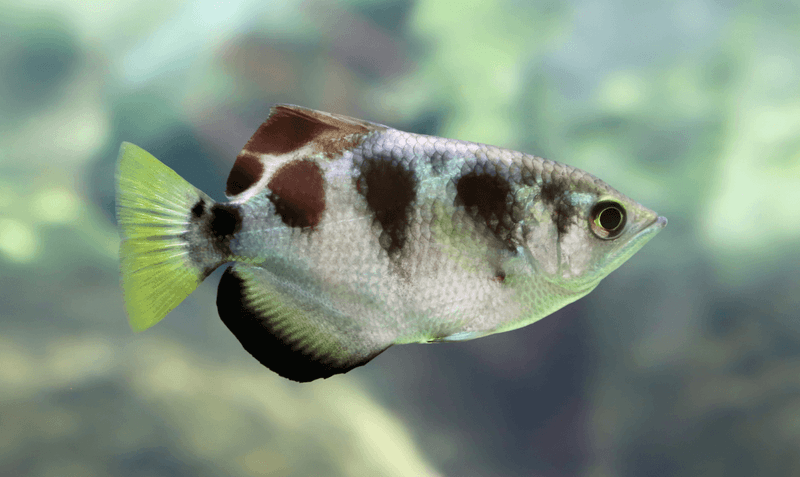
Archerfish have evolved an extraordinary hunting method—they shoot down insects above water by spitting precisely aimed jets of water. They can hit targets up to 10 feet away with remarkable accuracy.
What’s truly impressive is their ability to compensate for light refraction between water and air. Archerfish brains automatically calculate the complex physics involved in adjusting their aim.
Young archerfish learn this skill through observation and practice, improving their accuracy over time.
8. Trap-Door Spiders’ Ambush Engineering
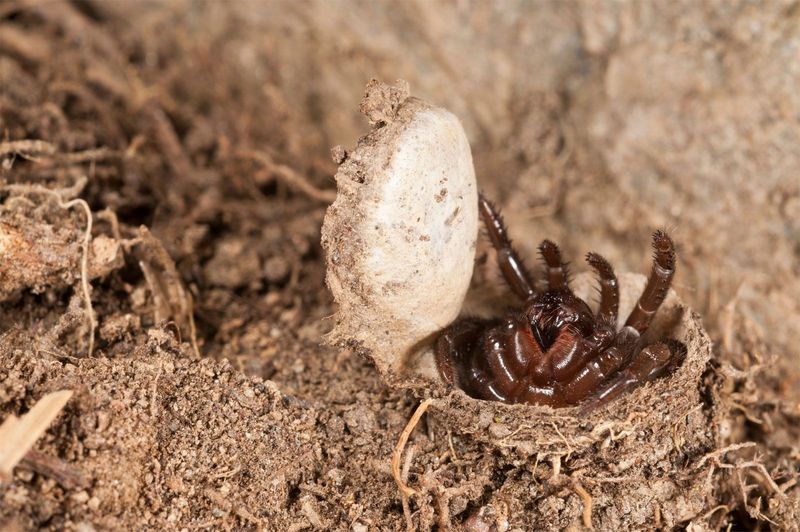
Trap-door spiders create engineering marvels—hinged burrow doors camouflaged with soil, moss, and leaves. These doors blend so perfectly with surroundings that prey animals never notice them.
The spider waits below, sensing vibrations through silk trip lines extending from the burrow. When prey triggers these lines, the spider launches upward with lightning speed.
Some species have evolved specialized hooks on their doors that make them harder for predators to open, showing remarkable adaptive intelligence.
9. Bottlenose Dolphins’ Mud Net Fishing
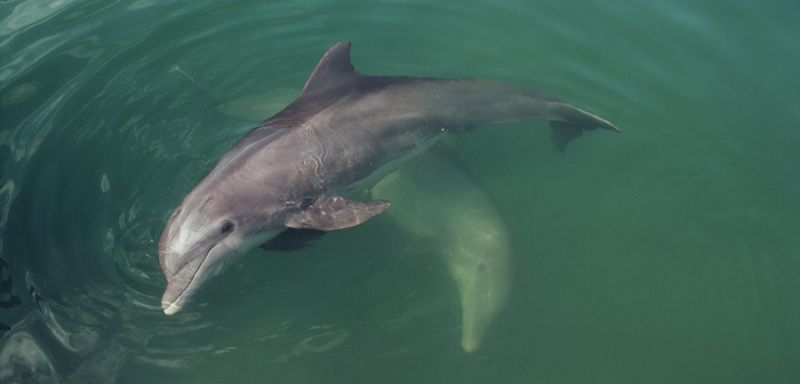
Florida bottlenose dolphins have developed an ingenious fishing technique called mud-ring feeding. A lead dolphin swims in circles near muddy bottoms, flapping its tail to create a ring of disturbed sediment.
Fish trapped inside this circular mud cloud panic and jump over the barrier to escape—right into the waiting mouths of other dolphins positioned around the perimeter.
This complex behavior requires planning, coordination, and role assignment among group members, showcasing remarkable social intelligence.
10. Leopards’ Strategic Tree Caching
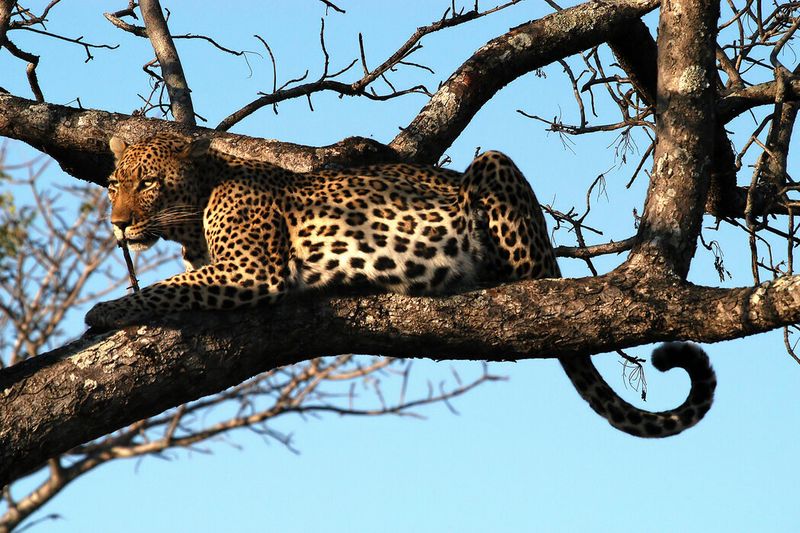
Leopards display remarkable foresight by hauling kills up into trees—sometimes prey weighing more than themselves. This behavior protects their food from scavengers like hyenas and lions.
They select specific trees with appropriate branch structures to secure their meals. Leopards will even hunt in areas near suitable caching trees, showing advanced planning abilities.
Their incredible strength allows them to drag prey vertically up tree trunks, often carrying animals that outweigh them by hundreds of pounds.
11. Bald Eagles’ Cooperative Fish Herding
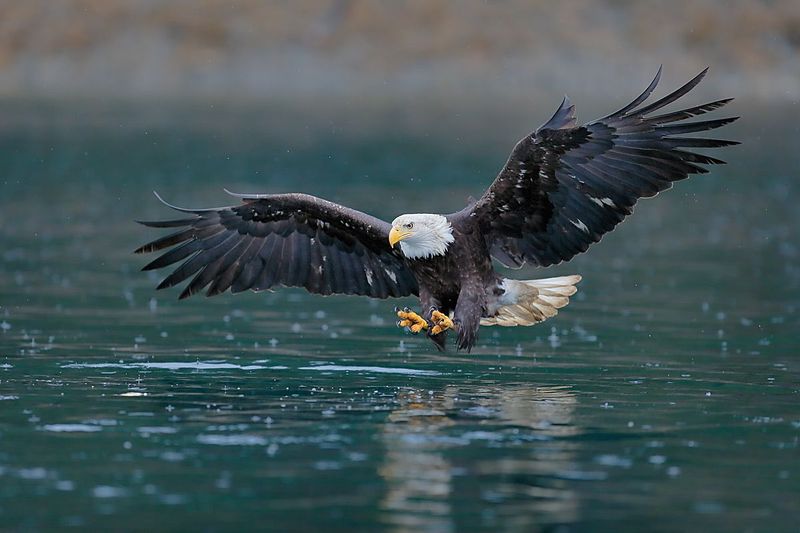
Bald eagles sometimes work together to herd fish into shallow waters where they become easy targets. Multiple eagles will fly low over water, creating disturbances that drive fish into confined spaces.
They’ve been observed taking turns flushing prey while others wait in strategic positions to catch fleeing fish. This level of coordination requires communication and role understanding.
Eagles also steal from other predators, timing their thefts perfectly to minimize risk while maximizing reward.
12. Wolves’ Strategic Pack Hunting
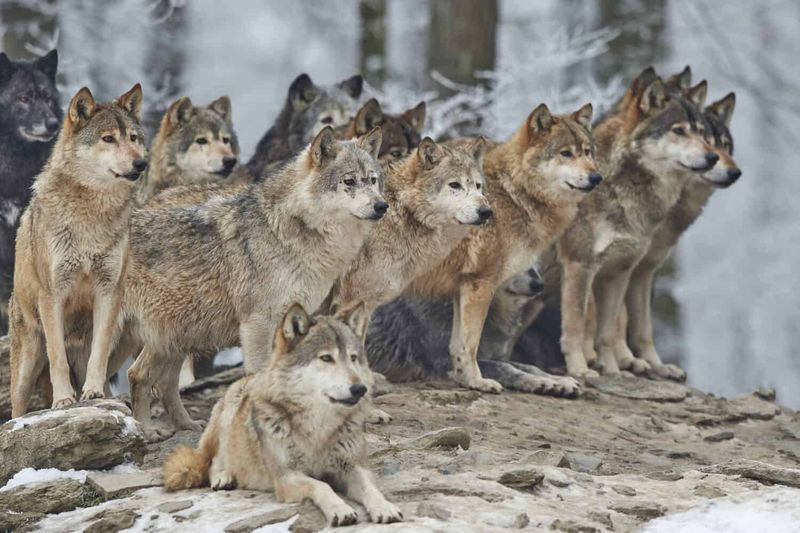
Wolf packs demonstrate military-like precision during hunts. They assess prey for weakness, test defenses, and assign roles—some wolves act as driving forces while others position themselves as blockers to intercept escaping prey.
Pack members communicate through subtle body language and vocalizations to coordinate complex maneuvers. They’ve been observed deliberately sending members to flush prey toward waiting ambushers.
Wolves will even relay during chases, with fresh wolves taking over pursuit when others tire.
13. Komodo Dragons’ Patient Poisoning Strategy
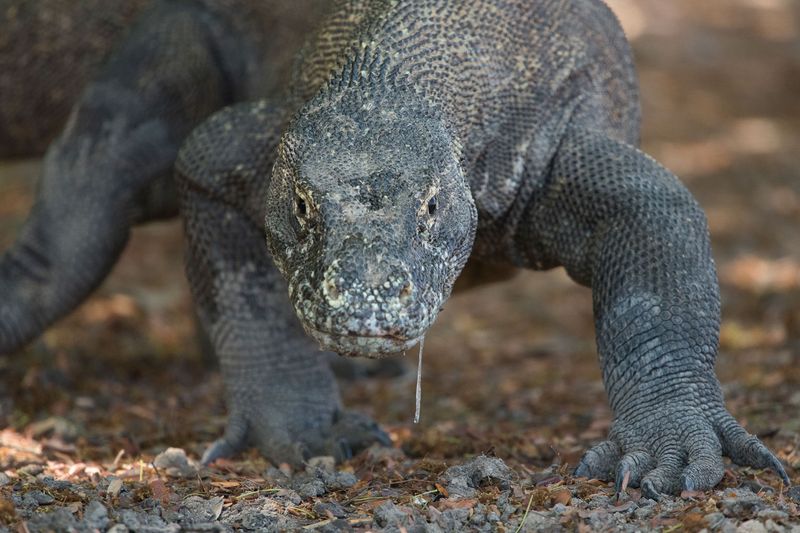
Komodo dragons employ a hunting strategy that requires remarkable patience. Their saliva contains toxic bacteria and venom that slowly weakens bitten prey.
After delivering an initial bite, these massive lizards will track wounded animals for miles and days, waiting for the toxins to take effect. They can follow a scent trail for up to 5 miles and will patiently wait as their victim gradually weakens.
Their memory is so precise they can return to a carcass days later.
14. Harris Hawks’ Relay Pursuit Technique
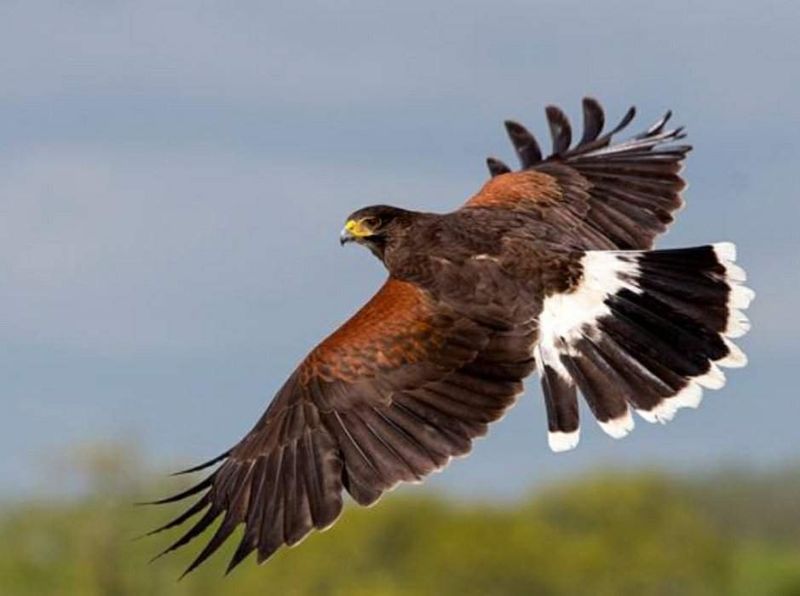
Harris hawks have developed a hunting strategy called “relay pursuit” that no other raptor uses. Multiple hawks take turns chasing prey to prevent exhaustion while maintaining constant pressure.
They also practice “flush and ambush” techniques where some birds deliberately startle prey while others wait at escape routes. Most impressively, they perform coordinated attacks from multiple directions, overwhelming prey animals’ ability to monitor threats.
15. Sea Otters’ Tool-Using Innovation
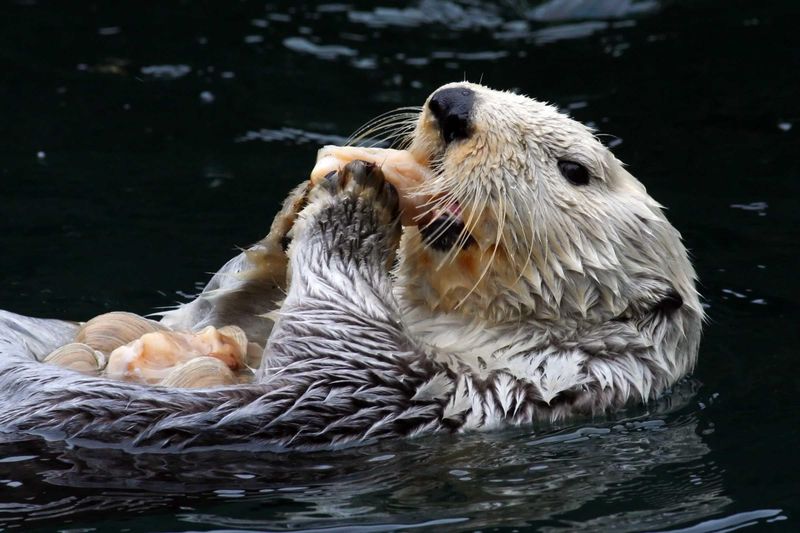
Sea otters are one of the few marine mammals that use tools. They carry favorite rocks in armpit pouches, using them to crack open shellfish while floating on their backs.
Individual otters develop preferences for specific rock types and shapes based on effectiveness. They even use stones as hammers against stationary rock anvils to break particularly tough shells.
Mother otters teach their pups these techniques through demonstration, creating a cultural transmission of tool use across generations.

